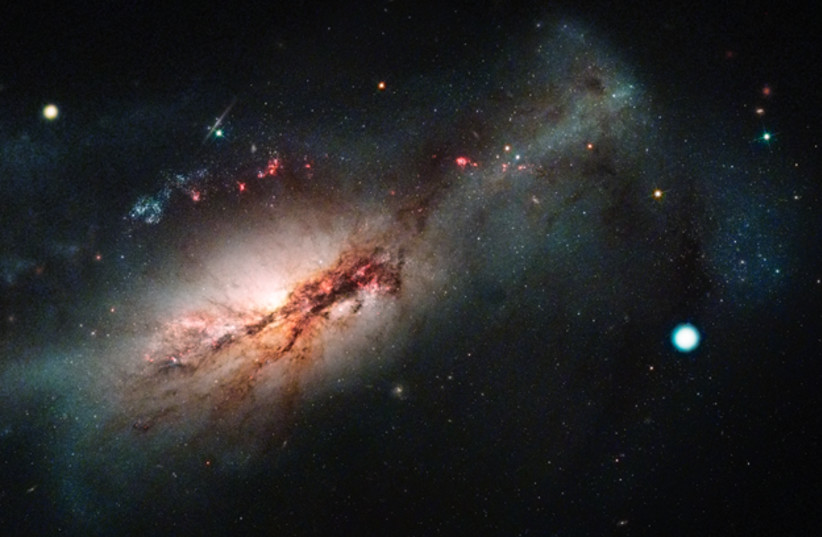While trying to create a multi-dimensional map of the Milky Way, the Gaia mission detected unique types of stars in what the European Space Agency describes in its Monday report to be the "most detailed survey to date."
Astronomers who participated in the ESA-Milky Way survey described "starquakes" and stellar DNA. Starquakes are "tiny motions on the surface of a star – that change the shapes of stars," according to the agency.
Previous reports found by Gaia found that stars would change shape periodically. What is different now is that other vibrations of stars were spotted that are more like "large-scale tsunamis." Such vibrations in stars have rarely ever been seen.
"The DNA of stars" can tell researchers about their origin and journey, ESA states. Some stars have heavier metals than others.
Gaia's newest data release contains details for nearly 2 billion stars in the Milky Way, with new information on them including their chemical compositions, color, mass, temperature and speed that the star is moving away from or toward us.

Other data
The data also recorded a catalog of binary stars, as well as thousands of objects in the Solar System such as moons and asteroids.
One of the collaborators at Gaia noted that the diversity of these stars is important because it is rooted in the story of the galaxy's formation.
